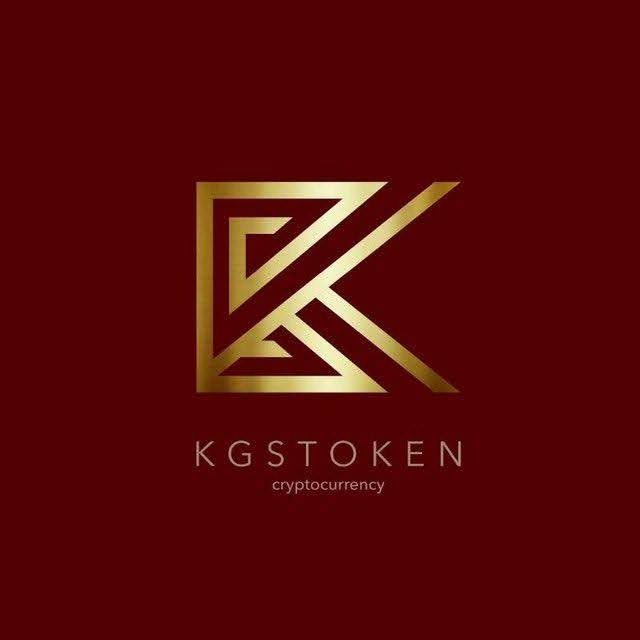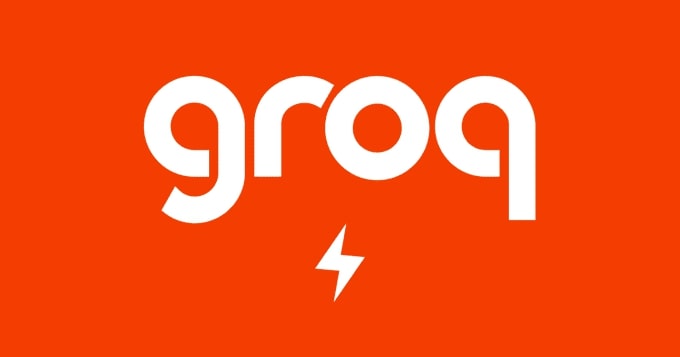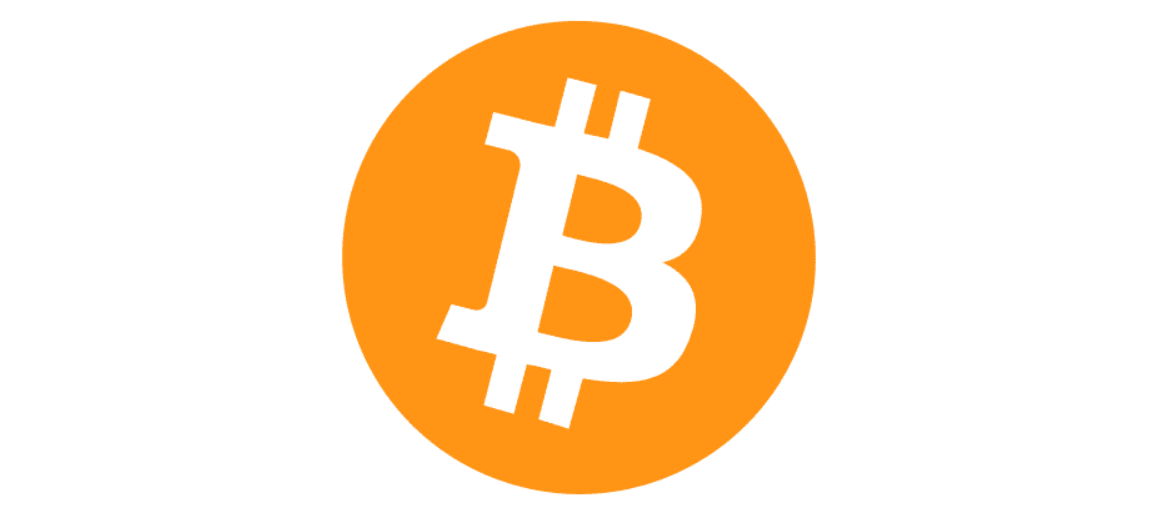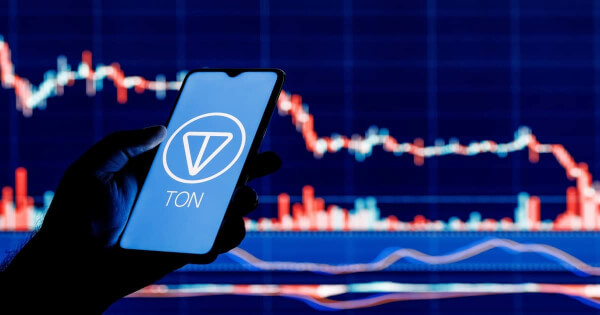In this week’s crypto highlights, we explore the price movements of BTC, AVAX, DOGE, and UMA. Additionally, this recap includes other notable industry news items that occurred over the last seven days. Without further ado, let’s dive into the latest market developments.
Table of contents
- Market spotlight: Bitcoin dropped by 20% since U.S. spot ETF launch
- Terraform Labs filed for bankruptcy in the U.S.
- Ethereum’s Nethermind bug sparked centralization worries
- Manta Network experienced a DDoS attack, faced money laundering allegations
- Trezor disclosed 66,000 users could be affected by a phishing attack
- One sentence news
- AVAX dropped by 40% since its 2023 high
- DOGE price experienced a rollercoaster due to an X Payments account
- LDO dropped by 15%, after a month-long rally
Market spotlight: Bitcoin dropped by 20% since U.S. spot ETF launch
Imagine that people wished, “let this happen and we’re going to the moon,” and/or “a ton of capital is about to flow into Bitcoin.” Then imagine that when the event occurred, Bitcoin’s price failed to surge. It actually faced a 20% drop.
Of course, some might be upset, but such drops are typically viewed as common and not a big deal. In addition, we’ve highlighted in multiple blog posts that this could happen. But why was there a drop?
- ETF anticipation rally — Bitcoin’s price almost doubled over the last five months, moving from $25,000 to $49,000. Almost 90% of Bitcoin was held in profit, meaning it would be logical to anticipate a certain portion of profit-taking. In this scenario, a 20% correction looks reasonable, maybe even healthy. However, such drops are becoming less frequent.&
- Disappointment — Spot Bitcoin ETFs outperformed their gold equivalent in terms of inflows in the first trading days. They also displayed record trading volume compared to other TradFi assets. Still, the initial results weren’t as good as some anticipated.
- Grayscale — Last week, we mentioned that the U.S. spot Bitcoin ETF launch currently resembles the release of once-locked GBTC funds, rather than the opportunity to put money into ETFs. That’s still the case. Grayscale continues to dominate in spot Bitcoin ETF trading volume. GBTC’s outflows have been larger recently, than inflows in all other similar U.S. products. For instance, FTX reportedly sold around $1 billion in Grayscale’s spot Bitcoin ETF shares. Although over $4 billion has already left GBTC, after the ETF launch, there is the possibility that this trend could continue for a while.
- Mt.Gox — Bitcoin temporarily moved below $39,000 amid the news that the Mt.Gox exchange, which collapsed in 2014, inched toward Bitcoin redemptions. According to the existing Mt.Gox plan, the platform will distribute assets of 142,000 BTC, 143,000 BCH, and 69 billion Japanese yen. Payments will continue to take place through October 2024. For some, this means a potential GBTC 2.0, or another opportunity for long-term Bitcoin holders to cash out, after years of waiting.
These are not all the catalysts that inspired Bitcoin to go diving, but they’re considered some of the major ones. Now, let’s get back to price.
The recent 20% correction pushed Bitcoin to the 0.382 Fibonacci point. Currently, the asset is trying to sustain above it, but the daily and weekly RSI hint that bears may continue to dominate in the short term. The $37,000 level could act as the next potential target for this group.
However, Bitcoin’s price closed the CME gap formed in December 2023 by moving below $39,000. In addition, on January 24, GBTC outflows were “only” $425 million, which is the lowest amount since the ETF launch. This sparked speculation that the GBTC selloff might soon stop dumping the crypto market. With a new potential wave of optimism, Bitcoin could try to retest the 20-day EMA.
Noteworthy market events
Terraform Labs filed for bankruptcy in the U.S.
It seems that Terraform Labs, the entity responsible for the LUNA and UST cryptocurrencies, has thrown the towel.
The company initiated Chapter 11 bankruptcy proceedings in the U.S., saying that the decision is a strategic move aimed at sustaining its operations and continuing its support for the Terra community and ecosystem. According to the filing, the organization’s estimated assets fall within the range of $100 to $500 million, aligning with its liabilities.
The company is currently entangled in a legal battle with the U.S. Securities and Exchange Commission (SEC). The regulator accused both Terraform Labs, and its founder Kwon, of selling unregistered securities and committing fraud. Earlier this month, a judge sided with the SEC on some of the accusations, labeling UST, LUNA, and MIR as securities.&
Ethereum’s Nethermind bug sparked centralization worries
On January 20, a bug in Nethermind, Ethereum’s client software used by validators to interact with the network, kicked some Ethereum validators offline. Nethermind developers quickly fixed the problem, and asked affected users to update their software. Earlier this month, a similar incident impacted Besu, another client software, which is used by around 4% of Ethereum validators.
The back-to-back outages have reignited a discussion around Ethereum’s client diversity. The community has been speculating that a potentially critical bug in the Geth client could halt the entire Ethereum network. Geth is like Bayern Munich in the Bundesliga over the last 10 years. It completely dominates the space. While Geth has encountered bugs before, it’s never experienced critical outages akin to those witnessed by Nethermind and Besu.
After the Nethermind bug, some Ethereum community members began encouraging a switch from Geth. Some went even further and said that they would not use the services of any staking providers that rely on Geth. Notably, Geth’s share dropped from 84% to 78%, while Nethermind’s increased from 8% to 14%, over the last few days.
Manta Network experienced a DDoS attack, faced money laundering allegations
For most projects, an initial token issuance is a day of celebration. However, things were different for layer 2 (L2) blockchain, Manta Network.
On January 18, Manta Network experienced the listing of its native token, MANTA, on multiple exchanges. The same day, the network faced a widespread DDoS attack. As a result, a large queue of transactions accumulated in the network, which led to an increase in transaction time and gas prices.
At the same time, the Manta Network faced accusations of money laundering following its listing on the second-largest South Korean exchange, Bithumb. Users allegedly discovered a 2 million MANTA transfer to the personal wallet of a member of Manta’s South Korean unit. The funds were deposited on Bithumb, accounting for 75% of the exchange’s balance.
Five minutes after the Bithumb listing, the MANTA price jumped to $230. Manta’s team member then allegedly sold tokens, and received 2094.7 ETH (over $4 million), which were transferred to his or her own wallet. According to Kaiko, MANTA prices varied significantly less on other exchanges. Manta responded that it allocated part of the community funds to its South Korean division, as part of its current tokenomics model.
Despite the controversial launch, the MANTA token showed a 20% weekly price increase, and joined the top 100 digital assets by market cap.
Trezor disclosed 66,000 users could be affected by a phishing attack
Developers of the Trezor hardware wallet reported an incident involving a third-party support provider, leading to a data breach affecting approximately 66,000 customers. Individuals who engaged with Trezor’s support team at any point since December 2021 may have had their data compromised. The unauthorized access allowed the attackers to obtain the names/pseudonyms, and email addresses of users who sought assistance from customer support.
The Trezor team sent emails to all victims warning of possible phishing risks. At least 41 users received direct email messages from the attacker, requesting sensitive information related to their recovery seeds. Trezor emphasized in its communication that genuine team representatives will never solicit users to share recovery seeds.
One sentence news
- According to Bloomberg’s ETF analyst James Seyffart, the SEC could approve options on spot Bitcoin ETFs next month.
- According to Coindesk, MetaMask is currently testing a “transaction routing” feature, which could “shake up how Ethereum works.”&
- Crypto exchange OKX said it will compensate users who were affected by a recent flash crash of its OKB token.
- Frax Finance plans to deploy its own Ethereum L2 network, called Fraxtal, in February.
- Chainlink integrated Circle’s Cross-Chain Transfer Protocol (CCTP) into its interoperability protocol, to ensure a high level of security for USDC transfers across chains.
- The Monetary Authority of Singapore (MAS) announced that it will not allow the listing of spot Bitcoin ETFs for retail investors in the country.
Notable price performances
AVAX dropped by 40% since its 2023 high
Like many other altcoins, AVAX experienced a price rally in Q4 2023. The asset reached its peak last year on December 23, then dropped by 40%. Some of the catalysts behind this move include decreased network activity, and a 20% drop in total value locked (TVL).
At the time of this writing, the AVAX price is moving inside a descending parallel channel (white channel), and is trying to defend the 0.5 Fibonacci point (yellow line). The daily RSI moved to negative territory, but not oversold, meaning that a price correction might follow.&
However, such descending channels typically contain upward movements. If the asset breaks upward from the descending channel, it could potentially push the price to $40.
DOGE price experienced a rollercoaster due to an X Payments account
The DOGE price jumped by 15% on January 20, 2024, amid the creation of the @XPayments account on X (formerly Twitter). Despite a lack of posts, the account quickly amassed over 100,000 followers. The community has been speculating that Dogecoin could be added as a payment method on the social media platform.&
However, the asset lost almost all of its gains in the following days, as hype faded. If the DOGE price fails to sustain above the $0.075 support level, it could try to retest the 200-day SMA. The weekly and daily RSI is near 50, which could be a sign of an undetermined trend.
UMA price jumped by over 200% in a week
While most digital assets joined Bitcoin in its diving endeavor, UMA differentiated itself, showing a more than 200% weekly price jump at a certain point. On January 18, Uma teased a MEV-focused solution called Oval. It aims to help lending protocols “reclaim over $100m of free money lost each year to MEV,” according to Uma co-founder Hart Lambur.&
The tool was launched on January 23, and UMA’s local high was reached the same day. Afterward, the asset started experiencing a price correction, moving below the 0.382 Fibonacci point. The Awesome Oscillator (AO) on a four-hour chart formed a bearish divergence, and made a zero cross, suggesting that downward movement has the potential to continue. UMA’s price slide was accompanied by decreased volume.
Tune in next week, and every week, for the latest CEX.IO crypto highlights. For more information, head over to the Exchange to check current prices, or stop by CEX.IO University to continue expanding your crypto knowledge.
Exchange Plus is currently not available in the U.S. Check the list of supported jurisdictions here.
Disclaimer: For information purposes only. Not investment or financial advice. Seek professional advice. Digital assets involve risk. Do your own research.

You can get bonuses upto $100 FREE BONUS when you:
💰 Install these recommended apps:
💲 SocialGood - 100% Crypto Back on Everyday Shopping
💲 xPortal - The DeFi For The Next Billion
💲 CryptoTab Browser - Lightweight, fast, and ready to mine!
💰 Register on these recommended exchanges:
🟡 Binance🟡 Bitfinex🟡 Bitmart🟡 Bittrex🟡 Bitget
🟡 CoinEx🟡 Crypto.com🟡 Gate.io🟡 Huobi🟡 Kucoin.


















Comments